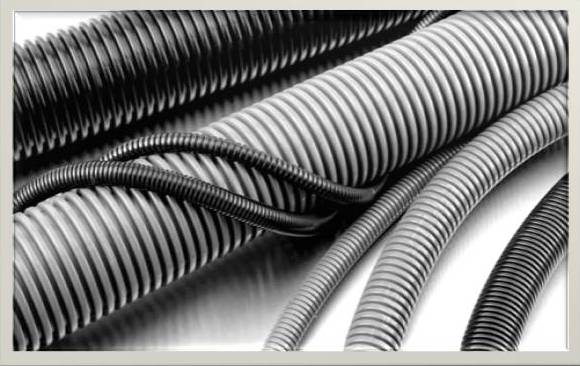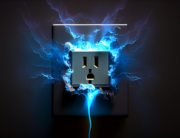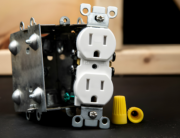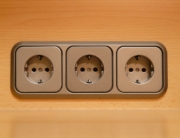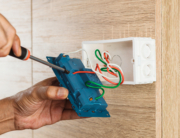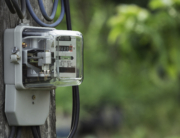An electric conduit is electrical tubing used for protection and routing of electrical wiring. They can be made from a variety of materials, such as: plastic, metal, fiber and fired clay, all depending on the purpose it is being used for. It is generally installed by electricians at the electrical equipment’s installation site. The regulations governing the conduits’ use, form and installation details are specified by the US National Electrical Code (NEC).
Conduit is used as a general term to describe any system that contains electrical conductors. The conduit systems are installed for the following reasons:
- To operate as pull outlets for the conductors that are being installed
- To provide cavities for the creation of splices and taps in conductors
- Connect conduit sections
- Provide taps for branch conduit runs
- To serve as mounting outlets for wiring devices and lighting fixtures
- Provide access for conductors for maintenance and future system changes
- Make 90° bends in conduit runs
Types of Conduits
Conduit systems are classified based on the material used to make the tubing, mechanical stiffness and wall thickness. The material is selected for mechanical protection and corrosion resistance after taking into consideration the cost factor. There are special guidelines to be followed for wiring equipment in hazardous areas that need prior approval. Based on these factors, we examine a few prominent conduits:
- Form 35/5/85 ex. Appleton LB400M
The Form 35 is used for malleable iron unilets as they have high tensile strength and ductility along with high corrosion and shock resistance. With the easy inbuilt rollers of type C (1-1/4” thru 4”) and type LB (1-1/4” thru 4”), these type of conduits help eliminate the damage when cable is pulled through the hubs.
The Form 85 is a copper free aluminium inlet with 4/10 of 1% copper content. They are lightweight and high corrosion resistant and have self-oxidizing and self-renewing capabilities.
Form 5 has inbuilt rollers on all 11⁄4 to 4 C and LB bodies to facilitate wire pulling.
- Form 7 ex. Crouse hind LB37
The Form 7 ex. Crouse hind LB37 is compatible with rigid and intermediate conduits for indoor as well as outdoor installation. It is made of cast iron or cast aluminium for a long life. It is extremely suitable for compact installations with rigidly threaded conduits of various shapes and sizes. The Form 7 has an exclusive snap tight and wedgenut cover attachment to provide clear, unhindered cover opening.
- Mogul ex. Appleton BLB400m
The Mogul ex. Appleton BLB400m has a large body size that facilitates pulling of large and heavy conductors and are used as cast covers for providing additional wiring area. These are best used for pulling straight, 45° or 90° angle turns as well as for making taps and splices.
- Form 8 ex. Crouse LB38
The Form 8 ex. Crouse LB38 is a 1” rigidly threaded conduit without cover and gasket made of Feraloy iron alloy. It is useful for indoor and outdoor use and comes in sizes ½” through 4”.
- Form 9 ex. Crouse LB39
The Form 9 ex Crouse LB39 serves as a pulling fitting that is used to make bends in conduit systems. They also provide openings for splices and connect and change the direction in which the conduit runs. Its key benefit is that it provides access to conductors for maintenance.
Conduit bodies are used for various purposes in the electrical wiring system and the key reason is to offer protection to wiring from both natural and man-made elements. They are fire, heat and dust resistant and easy to access.

D&F Liquidators has been serving the electrical construction materials needs for more than 30 years. It is an international clearinghouse, with 180,000 square facility located in Hayward, California. It keeps an extensive inventory of electrical connectors, conduit fitting, circuit breakers, junction boxes, wire cable, safety switches etc. It procures its electrical materials supplies from top-notch companies across the globe. The Company also keeps an extensive inventory of electrical explosion proof products and modern electrical lighting solutions. As it buys materials in bulk, D&F is in a unique position to offer a competitive pricing structure. Besides, it is able to meet the most discerning demands and ship material on the same day.
